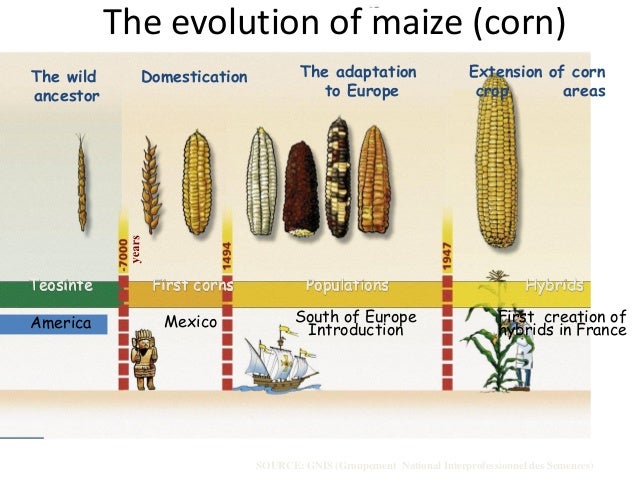
Image source: https://image.slidesharecdn.com/plantbreedingandbiotechnology-uganda-november2012-140212073629-phpapp01/95/plant-breeding-and-biotechnology-uganda-november-2012-4-638.jpg?cb=1392190904
India is the world's largest producer of bananas and Alexander the Great found them growing there in 327 BC, when he conquered India. Soldiers of Alexander the Great returned to Greece and Persia with bulbs from banana plants, Musa accuminata,' where they were distributed and planted.
Antonius Musa, the personal physician of Augustus Caesar, imported the first banana trees, Musa accuminata,' to Rome from Africa in 63 BC. Later, slaves from Portugal brought bananas to Europe from Africa in the early 1400's. Even though the banana is believed to have originated in India, (Eastern Asia), it was established in Africa and Europe as a staple food product many centuries ago and came into North America through Spanish missionaries.
Those first bananas that people knew in antiquity were not sweet like the bananas we know today, but were cooking bananas or plantain bananas with a starchy taste and composition. The bright yellow bananas that we know today were discovered as a mutation from the plantain banana by a Jamaican, Jean Francois Poujot, in the year 1836. He found this hybrid mutation growing in his banana tree plantation with a sweet flavor and a yellow color-instead of green or red, and not requiring cooking like the plantain banana. The rapid establishment of this new exotic fruit was welcomed worldwide, and it was massively grown for world markets.
Bananas are the world's best selling fruit, outselling both apples and citrus; each American is estimated to eat 25 pounds of fruit every day. The Cavendish' banana is the most popular banana in the United States and over 400 cultivars of bananas are available on world markets. The leaves of banana trees are used as wrappers for steaming other foods inside, and the banana flower is also edible.
Each banana comes from a flower maturing into groups of 10-20 bananas called "hands" that circle the stalk, which collectively is called a bunch.' The bananas can require one year to mature after flowering in the field, and then the mother banana plant dies. The plant is restored the following season by offshoots from the mother plant. An original cluster of banana trees can grow continuously for 100 years, but are generally replaced in banana tree plantations after 25 years. Bananas ripen best and develop more sweetness, if the bunch is removed from the tree, allowing the fruit to ripen off the tree in a shady place to slowly ripen.
The banana tree can grow up to 30 feet tall, and the trunk of the tree grows to a width at the base of over 1 foot. The trunk of the banana plant is made of overlapping sheaths and stems with new growth emerging from the center of the trunk. The size of bananas can range from a fruit the size of a football to one as small as a child's finger. Some bananas taste sweet, some starchy and some ornamental bananas are loaded with large seed and are considered inedible. The color of ripe bananas can range from green, orange, brown, yellow, or variegated with white stripes.
Most banana trees available today are grown from "mother" bulbs by taking offsets that form shoots. Those can be replanted to multiply and increase a banana tree plantation. These banana sprouts that form at the base of the mother' bulb can be shipped around the world to many countries, being almost genetically identical to the original banana plant parent of 10,000 years ago that mutated and stopped making seed and became the first naturally evolved hybrid.
Bananas are the largest exported fruit in the world, registering sales of 12 billion dollars a year for Chiquita and Dole. These bananas are imported into the United States from companies and plantations growing banana trees in India, South America and Africa. Many third world countries depend on the production of bananas to feed them as a major food staple, where they eat bananas 3 meals a day. Bananas are rich in sugars such as sucrose, glucose, and fructose, as well as fiber and special minerals containing potassium, phosphorous, magnesium and iron. Bananas contain tryptophan, a body protein that is converted to serotonin, a mood enhancer. They also are high in Vitamin A, Vitamin B6, Vitamin B12, and Vitamin C. Doctors claim that eating bananas can cut the risk of sudden stroke by 40%, as published in the New England Journal of Medicine.
